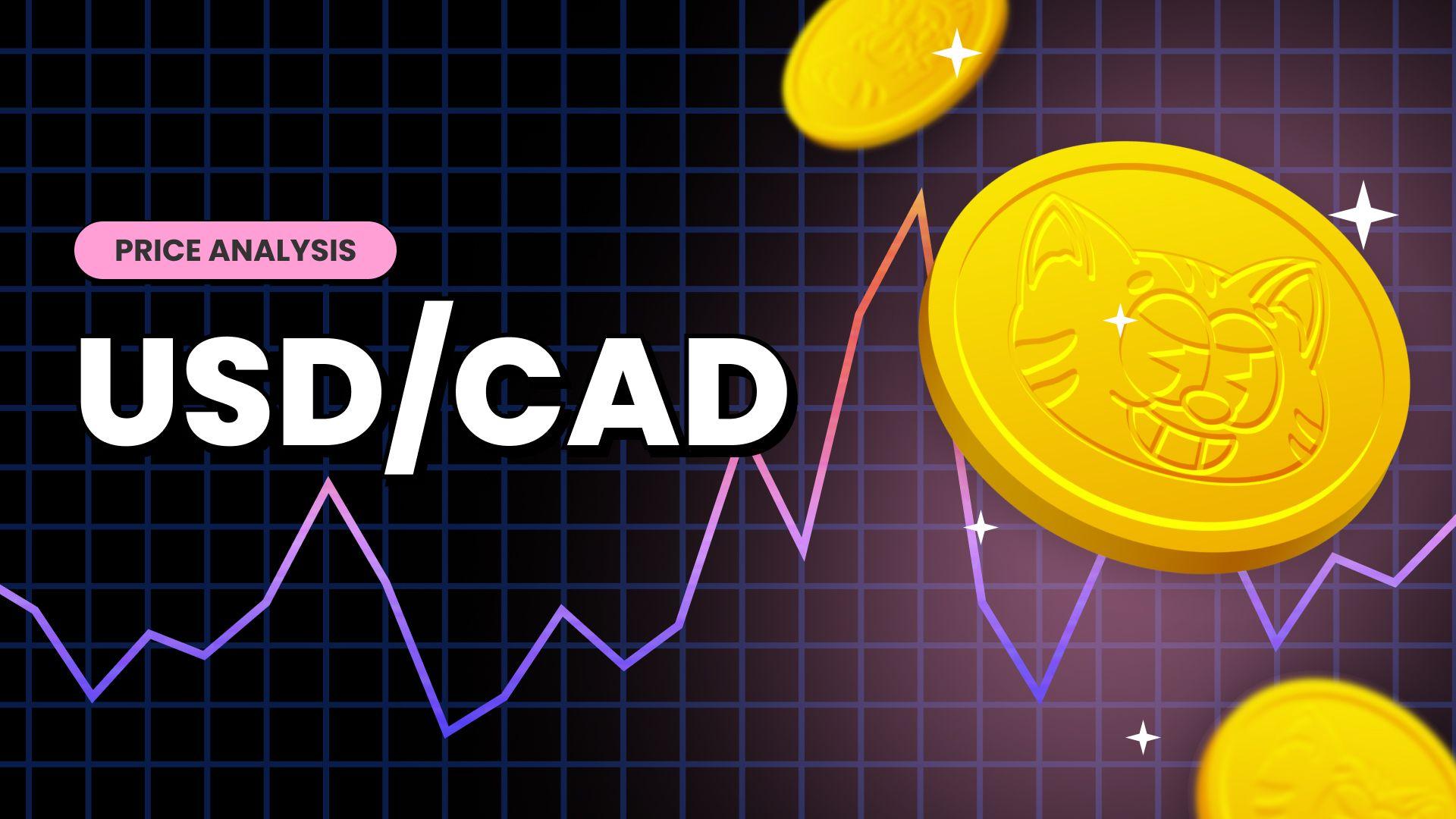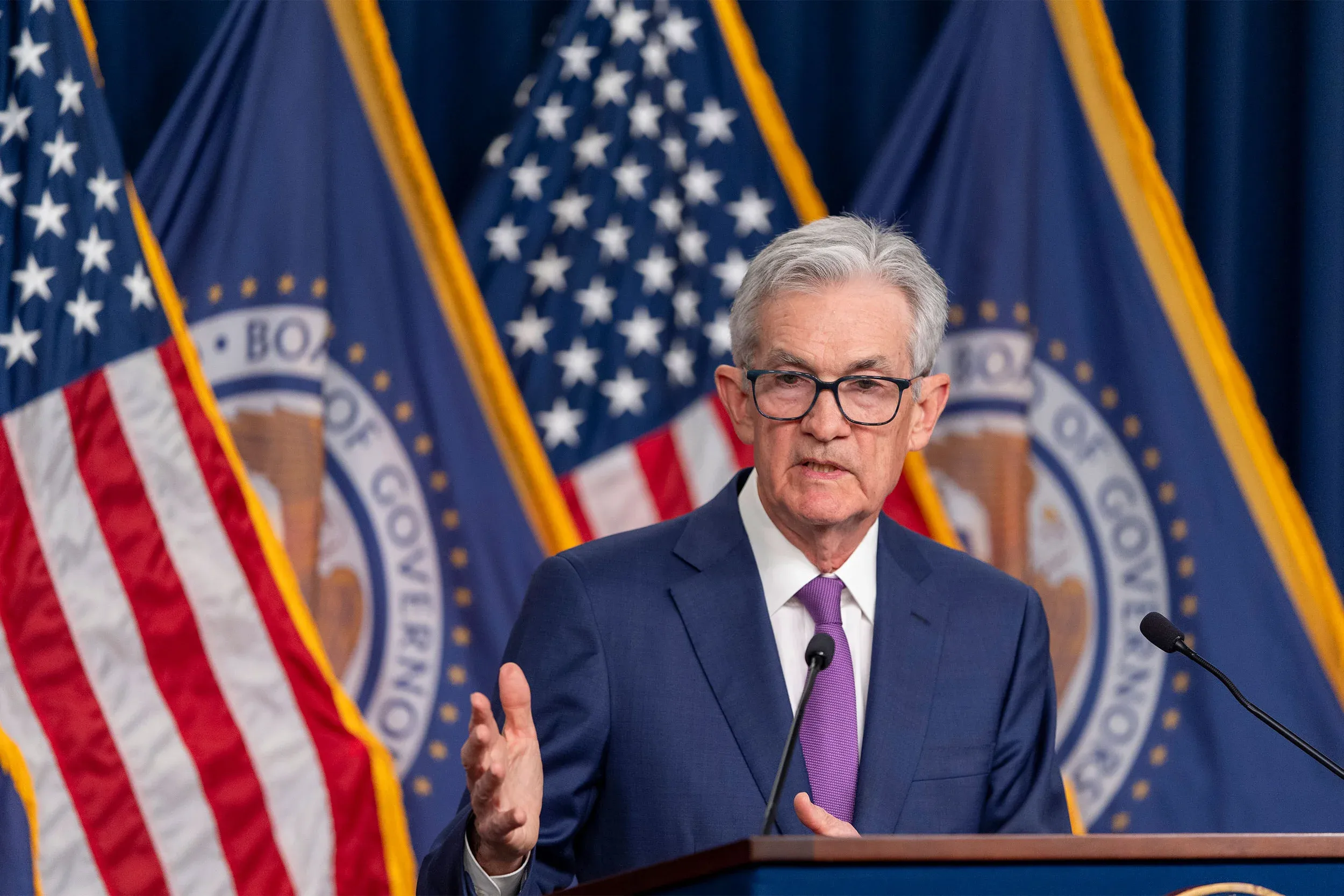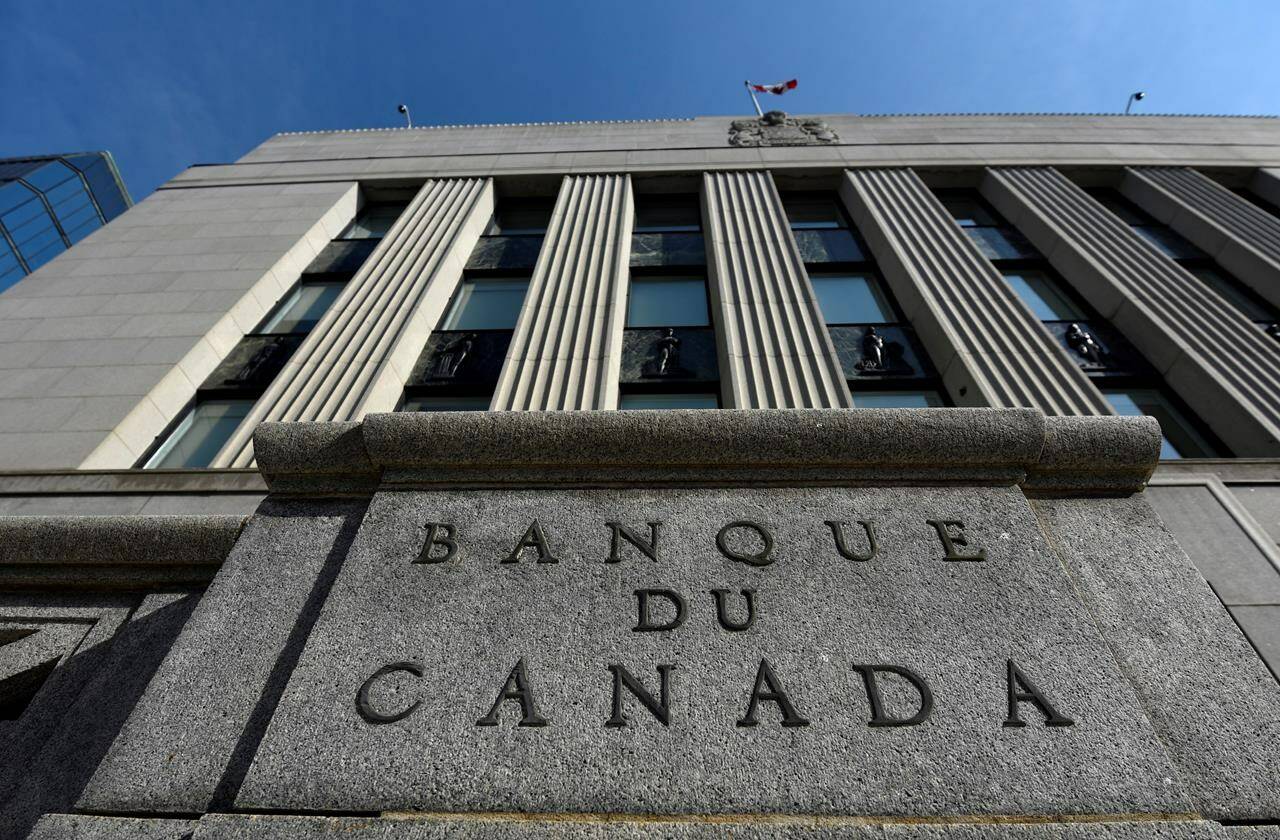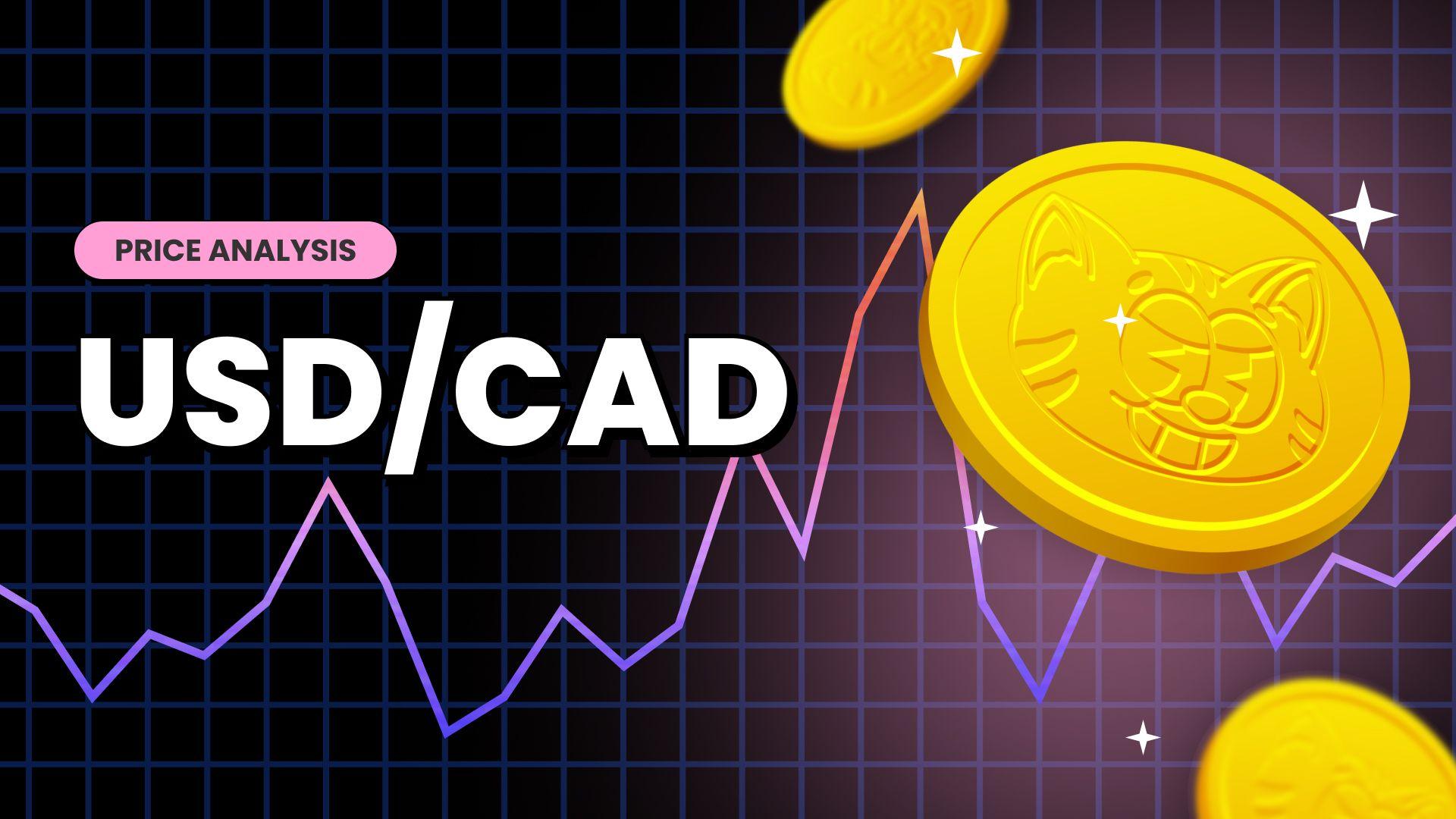USD/CAD Trades With Modest Bullish Bias Inside A Range As Markets Gear Up For Incoming U.S. Wholesale Inflation Data Report






Key Takeaways:
- USD/CAD cross-confided in a narrow range as investors cautiously await key U.S. PPI (Producer Price Inflation) data report released
- Hotter-than-expected U.S. consumer inflation data report sees markets scale back further bets of a June rate cut
- Rising crude oil prices and upbeat Canada building permit data report extend support to the Lonnie and help cap the upside for the USD/CAD cross
- Markets look forward to the release of the key U.S. PPI data report, and Wholesale inflation is expected to have slowed down in March
The USD/CAD pair has been oscillating in a range of 1.37032 - 1.36700 levels since late Wednesday as investors continue to assess and digest the latest Bank of Canada Monetary Policy decision and the latest U.S. key inflation data and their impact on the Fed's rate trajectory. They are also cautiously awaiting the next U.S. inflation data report, which is set to be released later today.
The cross witnessed fresh demand during the early European session and rose to a new session high of 1.36950. However, it failed to sustain the bullish momentum and retraced back below 1.36800 levels amid fresh U.S. dollar selling.
Despite this, the U.S. Dollar Index (DXY), which measures the greenback against a basket of currencies, remains close to a five-month high and seems poised for further gains amid elevated U.S. Treasury Bond Yields bolstered by firm hawkish Fed expectations.
Markets seem convinced that the Fed will leave rates unchanged during the May meeting and start cutting rates during the fourth quarter of 2024 or late 2024, not during the third quarter as initially expected.

This comes after a U.S. Bureau of Labor Statistics (BLS) report released on Wednesday showed that the Annual inflation rate in the U.S. accelerated for a second straight month to 3.5% in March 2024, the highest since September, compared to 3.2% in February and forecasts of 3.4%. Compared to the previous month, the CPI rose 0.4%, the same as in February, but the estimates were above 0.3%. Meanwhile, annual core inflation was steady at 3.8%, the same as in the previous month, and above forecasts of 3.7%. The monthly rate was also steady at 0.4%, with markets expecting it would slow to 0.3%
The hotter-than-expected U.S. consumer inflation data report revealed that inflation continues to remain a menace in the U.S. and joins last Friday's stronger-than-expected U.S. jobs number in adding to expectations that the Fed may not move to lower interest rates as soon as the June meeting but instead have to wait further before starting cutting rates, presumably toward late 2024.
That said, the probability of a 25-bps June rate cut following the two key indicators of inflation has lessened than before, as seen in CME's Fed Watch tool. The current pricing is 16.5%, down from 59.1% one week ago. The Fed's probability of leaving rates at 5.25 – 5.5% during the June meeting now stands at 83.0%, up from 34.2% one week ago.

Shifting to the Canadian docket, the Bank of Canada Governing Council decided to hold its target for the overnight rate at 5% after its April Monetary Policy meeting on Wednesday, matching market expectations. The central bank noted that price pressures have eased across a broad range of goods and services since the last meeting but added that the uncertain macroeconomic backdrop and higher-than-expected commodity prices, including oil, prevent a smoother convergence of disinflation.
The BoC Governor, Tiff Macklem, while speaking at a post-interest rate decision press conference, hinted at possible rate cuts when he said that the central bank doesn't want to leave monetary policy this restrictive longer than they need and that they are seeing what they need to see (inflation gradually slowing down), but insisted that they need to see it for longer to be confident that progress toward price stability will be sustained.
To a greater extent, markets perceived Macklem's comments as somewhat dovish, which was seen as a key factor in causing Canadian government bond yields to slip further on Wednesday. This weighed heavily on the Loonie and helped exert upward pressure on the USD/CAD cross.
Despite this, a goodish bounce in crude oil prices, supported by geo-political tensions stemming from a potential attack by Iran on Israel's interests, extended support to the Loonie and helped limit further gains for the USD/CAD pair.
Apart from this, the Loonie drew further support from an upbeat Statistics Canada report released on Wednesday. It showed that the total value of building permits in Canada increased by 9.3% over a month to $11.8 billion in February 2024, following a downwardly revised 12.9% surge in January and contrasting with market expectations of a 4.5% drop.
That said, the U.S. BLS is set to release last month's wholesale inflation report later today, which will help determine the next leg of a directional move for the USD/CAD pair. The report will further help determine the trajectory of the Fed's policy move and indicate whether the Fed will start cutting rates in June. According to market consensus, wholesale inflation is expected to have slowed to 0.3% in March from 0.6% in February.
💥Trade USD/CAD NOW!💥
